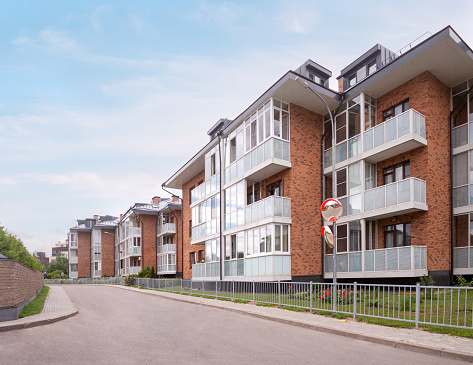Commercial real estate financing can be overwhelming for new investors- primarily the multiple types of financing. One type of financing is bridge loans. A bridge loan offers investors a flexible source of short-term financing. In this article, we’ll explain more about how to use bridge loans for multi-family real estate.
What is a Bridge Loan?
A bridge loan is a short-term financing tool that investors can use until they can obtain long-term financing. Terms vary with bridge loans, from 3 months to 3 years. Permanent, long-term financing sources may take a long time to close- but a bridge loan closes more quickly.
Advantages of Bridge Loans
Speed is the primary advantage of bridge loans. When you apply for permanent financing on a multi-family apartment, the closing period can take 90 days or more. You can obtain a bridge loan in about 2 weeks. If you’ve got a time-sensitive deal on the table, this speed is critical to your success.
Additionally, lenders typically have stringent requirements on both the borrower and the property. For example, prior to closing, most lenders require that the property meet specific stabilized lease-up thresholds as high as 95%. A bridge loan allows you to avoid these requirements and close quickly, moving the property into service.
Disadvantages of Bridge Loans
Though speed and flexibility are significant advantages, it has some disadvantages as well- primarily cost. In return for those advantages, a bridge loan has a higher interest rate than permanent financing.
Depending on the deal and the borrower, bridge loan interest rates vary from 3% to 10% above market rates of permanent ones. In addition, the closing fees are often higher, which is another factor to consider when purchasing multifamily real estate.
As you can see, bridge loans can be a great financial tool for multifamily real estate, but you’ll need to weigh the advantages and disadvantages before you apply for one.
Reasons to Consider Bridge Loans for Multifamily Real Estate
When it comes to real estate investing, there are several situations where multifamily real estate developers and investors can use bridge loans. Three of the most common are:
- Time-sensitive deals
- Value-added multifamily real estate deals
- Cover delayed capital contributions
Conclusion
When it comes to commercial real estate, you have a variety of options, each one having its own advantages and disadvantages. Bridge loans are just one of them. Under the right circumstances, a bridge loan is a great way to make a deal happen- but that speed and flexibility come with a cost.
If you’re interested in learning more about your options for multifamily real estate deals, contact Artis Commercial Capital today. We can help you get the best financing for your situation to start or enhance your commercial real estate career.

